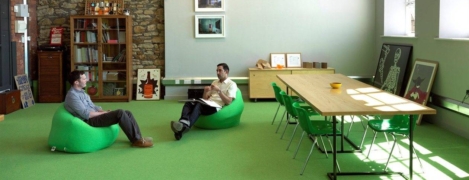June 24, 2015
CTBUH announces winners of best tall buildings awards for 2015
 The Council on Tall Buildings and Urban Habitat has announced the winners of the Best Tall Building Awards for 2015. The winners were selected from a pool of 123 entries based on an evaluation by a panel of industry experts. The organisers claim that not only do the winners exemplify best practice they also advocate ‘improvements in every aspect of performance, including those that have the greatest positive effect on the people who use these buildings and the cities they inhabit’. Many of this year’s winners demonstrate a commitment to sustainability, especially those that make use of greenery to enhance the looks and environmental credentials of the building. The organisers also note that buildings are better integrated into their surroundings which ‘has been a long-needed requirement’. The Best Tall Buildings have been named from 33 countries in four competing regions.
The Council on Tall Buildings and Urban Habitat has announced the winners of the Best Tall Building Awards for 2015. The winners were selected from a pool of 123 entries based on an evaluation by a panel of industry experts. The organisers claim that not only do the winners exemplify best practice they also advocate ‘improvements in every aspect of performance, including those that have the greatest positive effect on the people who use these buildings and the cities they inhabit’. Many of this year’s winners demonstrate a commitment to sustainability, especially those that make use of greenery to enhance the looks and environmental credentials of the building. The organisers also note that buildings are better integrated into their surroundings which ‘has been a long-needed requirement’. The Best Tall Buildings have been named from 33 countries in four competing regions.




















 A new study published yesterday in the British Journal of Sports Medicine claims that office workers spend far too much time sitting, are suffering from a range of conditions and illnesses as a result and so should be encouraged to spend up to half of each working while standing. The report,
A new study published yesterday in the British Journal of Sports Medicine claims that office workers spend far too much time sitting, are suffering from a range of conditions and illnesses as a result and so should be encouraged to spend up to half of each working while standing. The report, 








June 2, 2015
The bonds that link work with place are loosening day by day
by Paull Robathan • Comment, Flexible working, Technology, Work&Place
(more…)